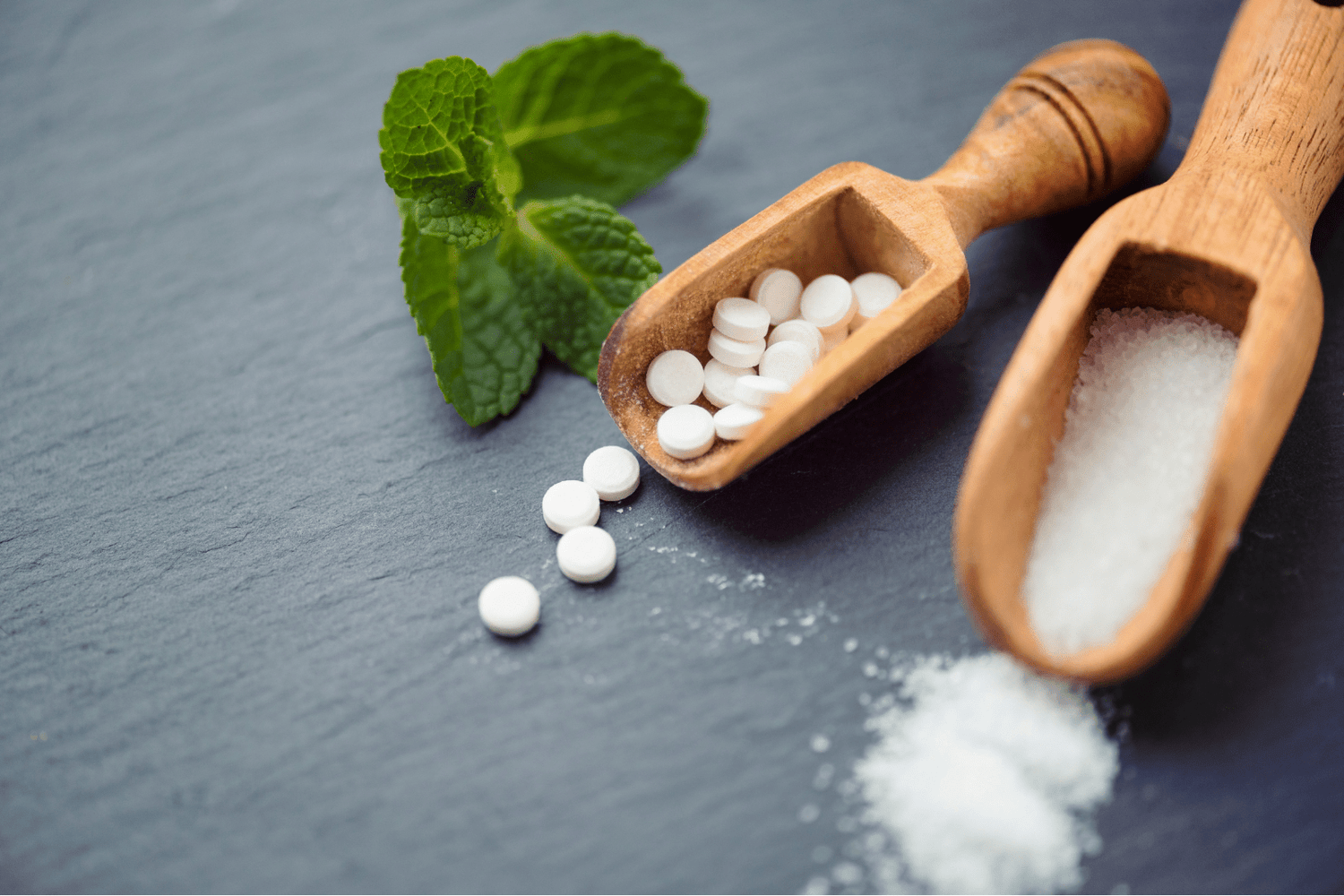Table of contents
... about the learning and memory abilities of our “second brain” .
In the middle of our body lies an important counterpart to the control center in our head: our abdominal brain. We also call it our “second brain”, an autonomous part of the nervous system: the enteric nervous system.
Our abdominal brain consists of plexuses of nerve cells that run through the wall of the gastrointestinal tract. Its main tasks include the motor-sensory control of the intestine, regulation of local blood circulation, tissue proliferation (cell proliferation), mucus transport and the control of defense and hormonal systems.

Our brain and our gut are constantly in close contact with each other and communicate via the so-called gut-brain axis. Our microbiome also plays a key role in this. (1)
Both our head brain and our stomach brain contain complicated neural networks. There are also examples of this from the history of development, such as in the case of freshwater polyps. These do not have a central nervous system, but only have an abdominal brain. Scientists therefore assume that our abdominal brain developed before our head brain and was therefore in first place for quite some time.

Image of a freshwater polyp (Hydra spp.) that only has an ventral brain and no head brain. (2)
Both systems are in close contact with each other. Our gastrointestinal tract can be stimulated by external stimuli, thereby learning and even remembering certain reactions. Similar properties have been observed in other simpler biological systems, such as plants and slime molds.
To test this, researchers are looking for evidence that can support the gut's ability to “learn behavior.” They came to the conclusion that recurring, targeted stimuli change the sensitivity and structure of the nerve cells in the abdominal brain, forming a kind of long-term memory that behaves like a “second brain”. Repeated, constant inflammation of the intestines or external stress factors can trigger certain, “newly learned” reactions. Studies on certain species of sea snails (Aplysia), which are particularly suitable for researching neuronal mechanisms, also point in this direction.

Hypothetical model regarding learning and memory in the gut. The pyramid shows the types of learning and the general processes associated with them. However, it should be noted that there is currently no evidence of explicit learning in the gut. (3)
The results described show that the changes in the intestine are maintained over a longer period of time, even if the original stimulus has been removed.
So far, a type of “simple learning” has been demonstrated in the gut, but there is no concrete evidence of explicit learning yet. Since the formulated hypothesis still seems very plausible, the possibility of memory formation in the intestine makes it possible to examine pathologically altered intestinal behavior more closely in this regard and thus explain the occurrence of certain intestinal disorders (post-infectious irritable bowel syndrome, functional upper abdominal complaints).
Therefore, further studies are required. Understanding how our gut brain processes information could open up new opportunities to reprogram it to cure diseases that were previously considered untreatable.
 Everyone knows that we have two hemispheres of the brain with different tasks. But very few people are aware that we also have two brains. The book's authors have been fascinated by the abdominal brain for more than three decades, and they are the leading experts in neurogastroenterology. Their goal is to wake up medicine and focus more on the second brain in our body, its malfunctions, but also its potential. (4)
Everyone knows that we have two hemispheres of the brain with different tasks. But very few people are aware that we also have two brains. The book's authors have been fascinated by the abdominal brain for more than three decades, and they are the leading experts in neurogastroenterology. Their goal is to wake up medicine and focus more on the second brain in our body, its malfunctions, but also its potential. (4)Our gut-brain axis, in which our microbiome also plays a key role, remains an incredibly exciting topic. If you are as fascinated by it as we are, you can find a great one at the following link
We hope you enjoy the beautiful summer days and find enough time to spend them in nature to strengthen your microbiome with some exercise - as mentioned in the last article! Have you already had it tested for durability?
Note
This article is intended for informational purposes only and should not be construed as medical information or instructions. The recipes are intended for inspiration and are not intended as therapeutic measures. If you have any health problems, we recommend that you contact a doctor or other expert immediately.
References
- https://www.gutmicrobiotaforhealth.com/en/is-there-evidence-that-supports-learning-and-memory-in-the-gut/
- https://de.wikipedia.org/wiki/S%C3%BC%C3%9Fwasserpolypen
- Schemann, M, Frieling, T, Enck, P. To learn, to remember, to forget—How smart is the gut? Acta Physiol. 2019;e13296. https://doi.org/10.1111/apha.13296
- https://www.amazon.de/Darm-Hirn-geheime-Nervensysteme-Einfluss/dp/3451600153#reader_3451600153





